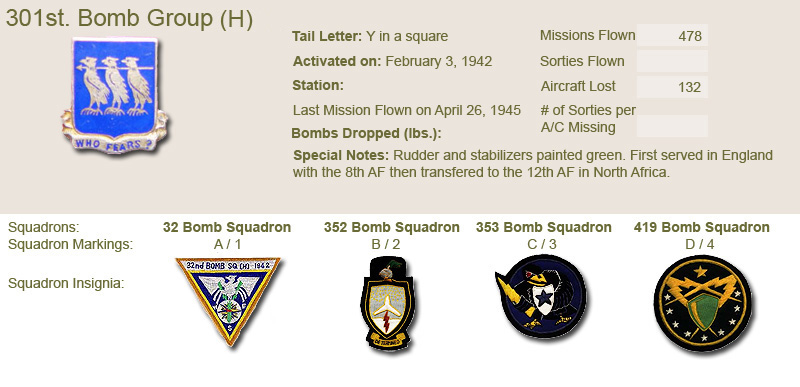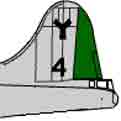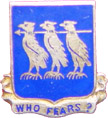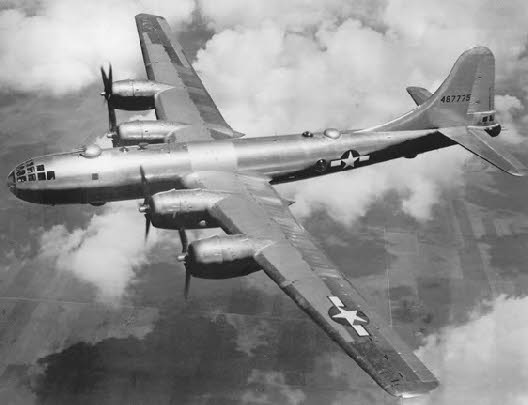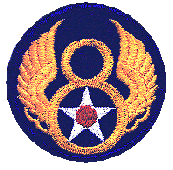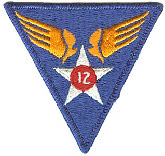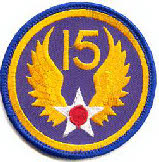

World War II:
The 301st Bombardment Group was a highly decorated group of B-17 Flying Fortresses that served primarily in Africa and Italy.
The (H) designation stands for Heavy Bombardment, and that means B-17's, the Flying Fortress.
The 301st BG flew its first missions as part of the 8th AF, Bomber Command, in England. They were transferred to the newly created 12th AF and sent to North Africa in November of 1942. In October of 1943 the 12th AF was merged into the new 15th AF. The 301st BG completed the war in Europe attached to the 15th Air Force.
The 301st Bombardment Group Heavy was comprised of 4 bomb squadrons. The 32nd, 352nd, 353rd and 419th.

After activation in February 1942, trained with B-17s. Air echelon operated 5–15 June 1942 from Muroc Dry Lake, CA, and performed anti-submarine patrols off the California coast. Reunited with ground echelon after arrival in England in August 1942.
Entered combat with Eighth Air Force in September 1942. Began combat in September 1942, attacking submarine pens, airfields, railroads, bridges, and other targets on the Continent, primarily in France.
Reassigned to Twelfth Air Force and moved to North Africa in November 1942. Bombed docks, shipping facilities, airdromes, and railroad yards in Tunisia, Sicily, and Sardinia. Attacked enemy shipping between Tunisia and Sicily. Received a Distinguished Unit Citation for action on April 6, 1943 when the group withstood intense antiaircraft fire from shore defenses and nearby vessels to attack a convoy of merchant ships off Bizerte and thus destroy supplies essential to the Axis defense of Tunisia. Assaulted gun positions on Pantelleria during May–June 1943. Flew numerous missions to Italy, July–October 1943.
Assigned to Fifteenth Air Force in November 1943, moved to Italy in December, and afterward directed most of its attacks against European Theatre of World War II strategic targets such as oil centers, communications, and industrial areas. Received another DUC for a mission to Germany on February 25, 1944 when, in spite of vicious encounters with enemy fighters, the group bombed aircraft production centers at Regensburg. In 1944-1945, supported ground forces in the Anzio and Cassino areas during the invasion of Southern France, knocked out targets to assist the Russian advance in the Balkans, and aided the Allied drive through the Po Valley.
Returned to the US in July 1945. Redesignated 301st Bombardment Group (Very Heavy) in August and prepared for transition to B-29 Superfortresses and a move to the Southwest Pacific. Inactivated on October 15, 1945. Flew 478 combat missions; 132 aircraft lost.
